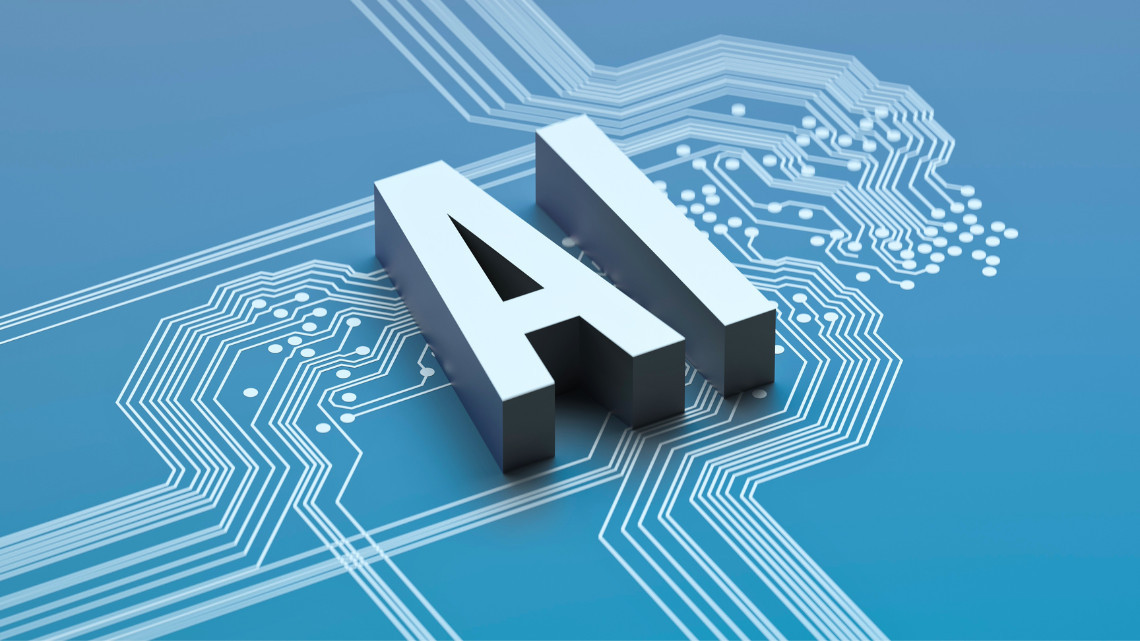
In today’s management world, discussions about AI often center on automation versus augmentation. Automation refers to machines taking over tasks previously done by humans, while augmentation involves cooperation between humans and machines to perform tasks. Many assume that augmentation is better because it avoids the downsides of automation, such as short-term thinking and loss of human intuition. However, this perspective overlooks a crucial point: augmentation doesn’t avoid automation, it simply hides it at lower levels. For instance, using AI to assist with writing job descriptions may automate initial drafts, replacing human creativity and skill with machine output. Thus, the downsides of automation remain, they are just less visible.
To use AI effectively, managers should shift their focus toward increasing the collective intelligence of the organization, which emerges from collaboration, group efforts, and shared knowledge. Research identifies three key elements of collective intelligence: collective memory, collective attention, and collective reasoning. AI can significantly improve each of these, helping organizations better leverage the talents and insights of their people.
Collective Memory
Collective Memory refers to how teams share, retrieve, and update knowledge. It allows individuals to specialize in different areas, so collectively, the group retains more knowledge than any single person. For this system to work effectively, teams must continually update their understanding of “who knows what” as they learn about each other’s skills and competencies. In this way, AI systems enhance the ability to retrieve collective knowledge throughout an organization. For employees who may lack meta-knowledge—an understanding of where to find specific information, AI provides a central resource. AI can also identify experts within the company and facilitate connections. By pooling and organizing data, AI can reveal patterns and connections that may be challenging for humans to discern.
Collective Attention
Collective Attention refers to how groups focus on key tasks and align their efforts. AI can streamline communication, optimize workflows, and support coordination, helping teams focus their attention more effectively. By reducing task-switching and improving synchronization, AI allows teams to concentrate on creative tasks. Additionally, AI can update group awareness, helping team members stay informed about each other’s focus and availability, thereby maximizing collective attention.
Collective Reasoning
Collective Reasoning is the ability of groups to align their goals and priorities to achieve collective success. AI can assist in this by integrating information from different sources and helping teams’ reason through complex problems together. For instance, AI can summarize viewpoints and foster goal alignment by explaining the reasoning behind decisions. This can be especially helpful in diverse teams with different backgrounds and thinking styles, enabling them to bridge gaps in understanding and collaborate more effectively.
AI can also help teams update their understanding of each other’s goals and motivations, fostering deeper collaboration. In some cases, AI chatbots have been used to role-play difficult social interactions, helping individuals reflect on communication challenges and improving group dynamics.
In conclusion, using AI to enhance collective intelligence—not just for task automation—opens up opportunities for organizations to solve complex problems more creatively and efficiently. By improving collective memory, attention, and reasoning, AI can amplify human capabilities, fostering innovation and adaptability in an ever-changing business environment.
By Dana Weidinger, courtesy of SBAM-approved partner, ASE. Source: hbr.org
Click here for more News & Resources.